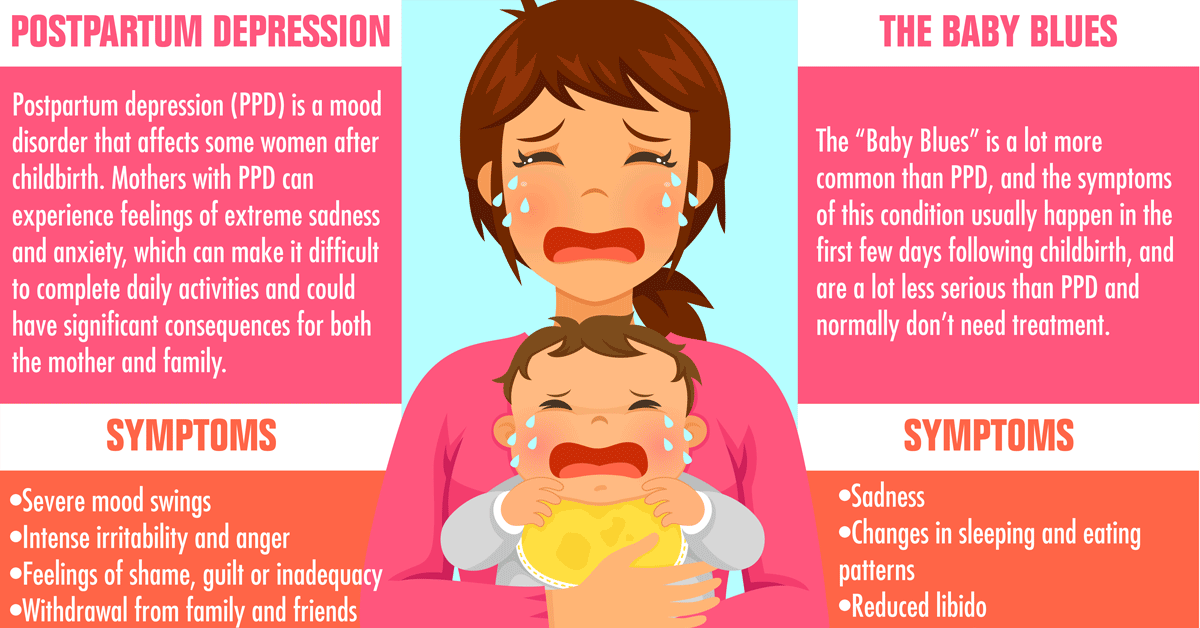What Is The Negativity Bias In Mental Health
What Is The Negativity Bias In Mental Health
Blog Article
Just How Do Mood Stabilizers Job?
Mood stabilizers help to soothe locations of the mind that are influenced by bipolar disorder. These medicines are most reliable when they are taken regularly.
It may take a while to discover the appropriate medication that works ideal for you and your doctor will check your problem throughout treatment. This will certainly include routine blood tests and perhaps an adjustment in your prescription.
Natural chemical guideline
Natural chemicals are a group of chemicals that regulate each other in healthy and balanced people. When levels become out of balance, this can bring about state of mind conditions like depression, anxiety and mania. State of mind stabilizers assist to avoid these episodes by helping regulate the equilibrium of these chemicals in the brain. They also may be utilized alongside antidepressants to boost their performance.
Medicines that work as state of mind stabilizers consist of lithium, anticonvulsants and antipsychotics. Lithium is possibly the most popular of these medicines and works by influencing the circulation of sodium via nerve and muscular tissue cells. It is usually used to deal with bipolar affective disorder, but it can additionally be practical in treating various other state of mind problems. Anticonvulsants such as valproate, lamotrigine and carbamazepine are likewise effective state of mind stabilizing drugs.
It can take a while to find the appropriate kind of medication and dose for every individual. It is very important to work with your medical professional and participate in an open dialogue regarding how the drug is helping you. This can be specifically practical if you're experiencing any adverse effects.
Ion channel inflection
Ion channels are a significant target of mood stabilizers and lots of other medicines. It is now well developed that they are dynamic entities that can be regulated by a variety of outside stimuli. Furthermore, the modulation of these networks can have a series of temporal impacts. At one extreme, adjustments in gating dynamics might be fast and rapid, as in the nicotinic acetylcholine receptor/channel system. At the other end of the range, covalent adjustment by protein phosphorylation might result in modifications in network function that last much longer.
The field of ion channel inflection is entering a duration of maturity. Recent researches have shown that transcranial concentrated ultrasound (US) can boost neurons by triggering mechanosensitive potassium and salt channels embedded within the cell membrane layer. This was demonstrated by revealed networks from the two-pore domain potassium household in Xenopus oocytes, and concentrated US substantially regulated the current streaming via these channels at a holding voltage of -70 mV (ideal panel, loved one effect). The results follow previous monitorings showing that antidepressants affecting Kv networks regulate glia-neuron interactions to contrary depressive-like actions.
Neuroprotection
Mood stabilizers, like lithium, valproic acid (VPA), and carbamazepine, are vital in the therapy of bipolar illness, cognitive behavioral therapy (cbt) which is characterized by recurring episodes of mania and depression. These medications have neuroprotective and anti-apoptotic buildings that help to avoid mobile damages, and they additionally enhance cellular durability and plasticity in useless synapses and neural wiring.
These protective actions of mood stabilizers may be moderated by their restraint of GSK-3, inositol signaling, and HDAC task. Furthermore, long-term lithium treatment secures versus glutamate excitotoxicity in cultured nerve cells-- a version for neurodegenerative disorders.
Studies of the molecular and cellular effects of state of mind stabilizers have actually revealed that these medicines have a vast array of intracellular targets, consisting of several kinases and receptors, along with epigenetic alterations. Refresher course is required to determine if mood stabilizers have neurotrophic/neuroprotective actions that are cell type or circuitry specific, and how these effects may match the rapid-acting restorative reaction of these agents. This will certainly assist to establish brand-new, quicker acting, a lot more reliable therapies for psychiatric illnesses.
Intracellular signaling
Cell signaling is the procedure through which cells interact with their environment and other cells. It entails a sequence of steps in which ligands connect with membrane-associated receptors and bring about activation of intracellular pathways that regulate essential downstream mobile features.
Mood stabilizers act on intracellular signaling with the activation of serine-threonine healthy protein kinases, leading to the phosphorylation of substratum proteins. This activates signaling waterfalls, causing changes in genetics expression and mobile function.
Several state of mind stabilizers (including lithium, valproate and lamotrigine) target intracellular signaling paths by preventing specific phosphatases or turning on certain kinases. These effects create a reduction in the activity of these paths, which results in a decrease in the synthesis of specific chemicals that can affect the mind and result in signs and symptoms of anxiety or mania.
Some mood stabilizers additionally work by boosting the activity of the inhibitory natural chemical gamma-aminobutryic acid (GABA). This enhances the GABAergic transmission in the brain and minimizes neural task, thus generating a soothing effect.